Search engines have moved beyond exact keyword matching to understanding topics and user intent. According to SEMrush research, websites using topic clusters receive twice the organic traffic compared to those targeting individual terms.
For example, when a major e-commerce site switched from individual keyword targeting to intent-based clusters, they reduced their landing pages by 75% while maintaining traffic coverage. This shows how proper keyword grouping impacts both resource efficiency and SEO performance.
Technical Framework of Keyword Organization
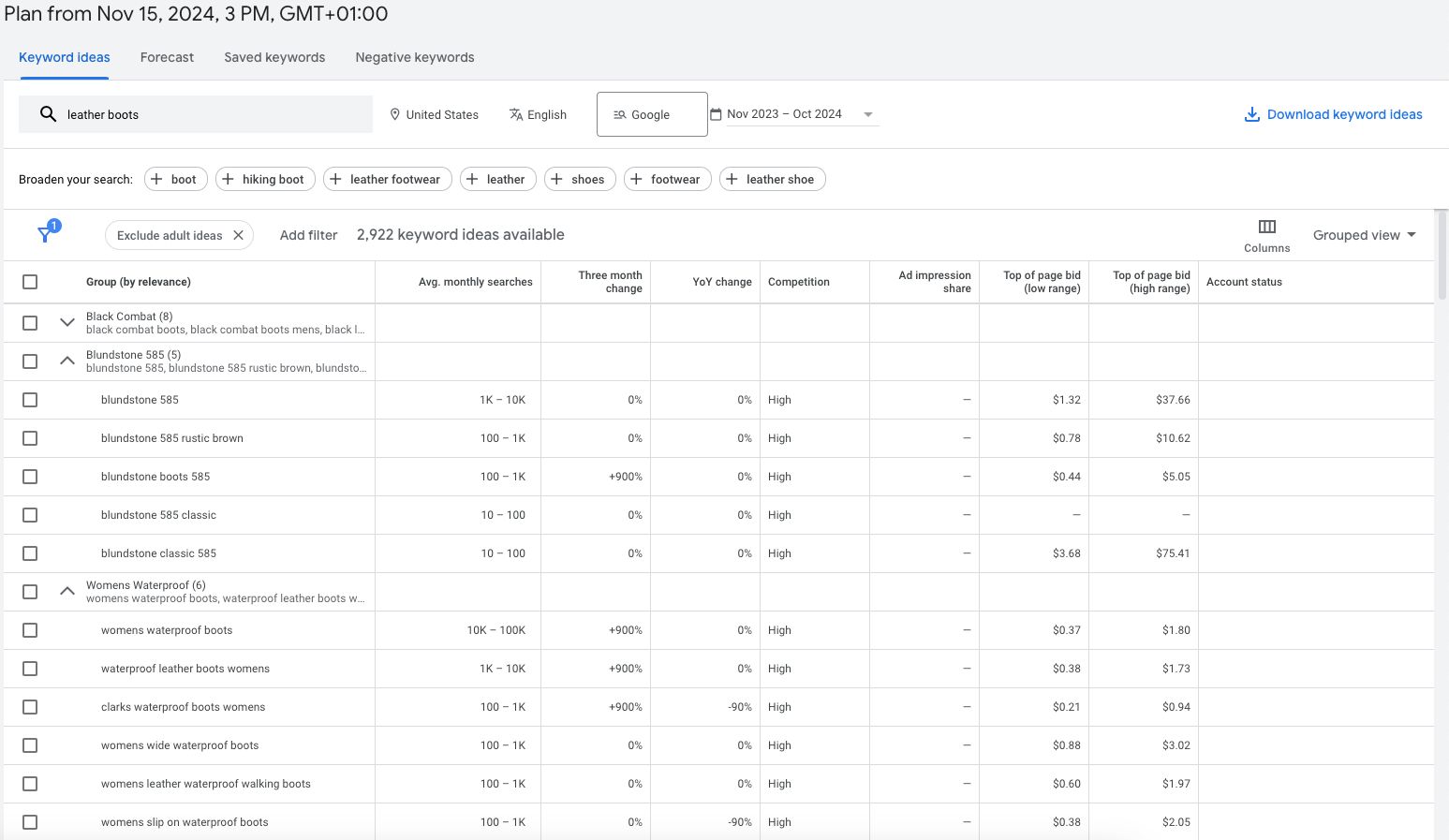
Modern keyword grouping moves beyond simple search volume metrics to focus on three critical approaches:
- Search Intent Grouping. Groups keywords by user goals:
- Research phase (“best running shoes reviews”).
- Consideration stage (“Nike vs Adidas running shoes”).
- Purchase intent (“buy Nike Air Zoom online”).
- Topic-Based Clustering. Organizes keywords around main themes with supporting subtopics. A running shoe website might structure:
- Main topic: “Marathon Training Shoes”
- Subtopics:
- Long-distance running features.
- Professional athlete recommendations.
- Price comparison.
- Size guides.
- SERP Feature Alignment. Groups keywords based on search result types:
- FAQ content for People Also Ask triggers.
- Comparison tables for commercial terms.
- Step-by-step guides for featured snippets.
Modern keyword grouping tool automates these processes, using algorithms to detect patterns and relationships between search terms.
The Role of Keyword Grouping
Search algorithms prioritize topic understanding over exact keyword matches, as demonstrated by Healthline's success. After reorganizing their diabetes content into topic clusters instead of individual keywords, they achieved a 60% increase in organic visibility within three months.
This approach aligns with Google's helpful content update, proving that comprehensive topic coverage delivers better results than isolated keyword optimization.
Well-structured keyword groups naturally build topic authority through content consolidation. Rather than creating separate pages for variations like “running shoes,” “best running shoes,” and “running shoes guide,” successful sites combine related terms into single authoritative pages.
This strategy works – Memorial Healthcare eliminated ranking fluctuations and improved conversions by 35% after reorganizing their service pages into intent-based clusters. SERP analysis confirms that consolidated pages maintain more stable rankings and better resist algorithm updates than narrowly-focused content.
Benefits of Structured Keyword Organization
Real outcomes from implementing structured keyword grouping:
- Topic clusters reduce content overlap.
- Clear content hierarchy guides crawler focus.
- Single master page targets group's main keyword.
- Supporting pages capture long-tail variations.
Practical example: Law firm website improved rankings by grouping “personal injury” keywords (2,000+ variations) into clusters like:
- Accident types.
- Location-specific terms.
- Compensation-related queries.
- Process/timeline questions.
Step-by-Step Keyword Grouping Process
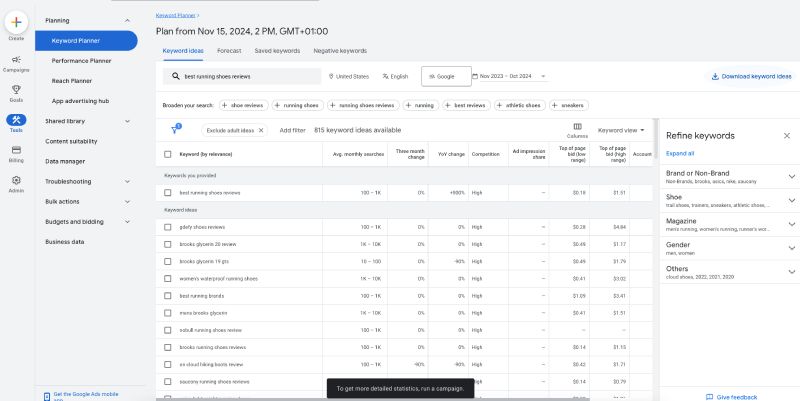
Initial Data Preparation:
- Extract 12-month Google Search Console data.
- Import high-impact keywords from rank tracking.
- Filter out branded searches and irrelevant terms.
- Remove duplicate keywords and misspellings.
- Standardize location modifiers and plurals.
Primary Clustering:
- Run keywords through grouping tool for initial clusters.
- Apply minimum monthly search threshold (50+ searches).
- Sort by clear parent-child relationships.
- Identify common modifiers and patterns.
- Tag commercial vs informational intent.
Group Refinement:
- Merge small groups with similar intent.
- Split groups larger than 25-30 keywords.
- Remove outliers from each cluster.
- Verify search intent consistency.
- Check SERP features for each group.
Implementation Setup:
- Map groups to specific page types.
- Assign URL structures.
- Create content briefs.
- Set group-level KPIs.
- Plan internal linking structure.
Example: An automotive parts retailer processed 50,000 keywords into 400 actionable groups targeting specific product categories and buyer intents. Their conversion rate improved by 28% after implementation.
Common Pitfalls and How to Avoid Them
Critical errors that undermine keyword grouping effectiveness:
- Over-reliance on automation without human validation.
- Mixing different search intents within single groups.
- Creating groups too broad for single-content targeting.
- Ignoring seasonal or temporal keyword variations.
Solutions include:
- Implementing manual review checkpoints.
- Setting clear group size limits.
- Documenting grouping criteria for team consistency.
- Regular group maintenance and updates.
Integrating Keyword Groups into Content Strategy
Convert keyword groups into high-performing content by matching search intent with specific content formats. Product comparison keywords need feature-rich tables and clear CTAs, while informational queries require comprehensive guides with expert insights.
Content prioritization depends on three key factors:
- Competition Level
- Low competition + high volume = quick wins.
- High competition + high value = long-term investment.
- Monitor competitor content gaps.
- Resource Requirements
- Writer expertise needed.
- Visual asset creation.
- Technical implementation time.
- Update frequency.
- Content Specifications
- Word count based on SERP analysis.
- Required media types.
- Schema markup opportunities.
- Internal linking targets.
Example: A SaaS company transformed 200 support-related keyword groups into 40 help center articles, reducing support tickets by 45%. They prioritized groups with high search volume and clear user pain points.
Measuring Success and Optimization
Track two key metric sets to validate keyword grouping effectiveness:
- Performance Metrics
- Organic traffic per topic cluster.
- Average SERP positions by group.
- Click-through rates for grouped terms.
- Group-to-conversion correlation.
- Search visibility share vs competitors.
- Technical Success Indicators
- Crawl efficiency per topic group.
- Index ratio of cluster pages.
- Internal link distribution.
- Page depth for grouped content.
- Core Web Vitals by content type.
Real Case: A B2B software company tracked their enterprise security topic cluster for 6 months after reorganizing 120 keywords into 8 content groups. Results:
- Primary group terms moved from page 2 to top 5 positions.
- Related terms ranked automatically for 70% of group keywords.
- Lead quality improved as content matched search intent better.
Key Optimization Actions:
- Merge groups with overlapping rankings.
- Split groups showing mixed intent signals.
- Adjust internal linking based on performance.
- Update content gaps revealed by rank tracking.
You might also interested in: Cheap SEO Tools
Future-Proofing Your Keyword Strategy
Entity-based search and AI language models have transformed keyword organization. After Google's BERT and MUM updates, search intent varies significantly even for identical keywords. A healthcare site improved visibility by 40% after restructuring their symptom-related content around user scenarios rather than traditional keyword lists.
Mobile-first indexing and passage ranking demand adaptive keyword grouping strategies. Research shows 65% of complex queries now combine multiple intents, requiring comprehensive content. For example, an e-commerce site reorganized their product category clusters to capture both immediate purchase intent and research-phase queries, resulting in 35% higher conversion rates from organic traffic.
Ludjon, who co-founded Codeless, possesses a deep passion for technology and the web. With over a decade of experience in constructing websites and developing widely-used WordPress themes, Ludjon has established himself as an accomplished expert in the field.



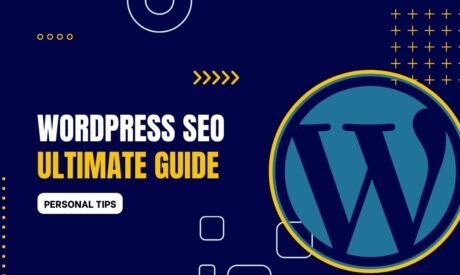
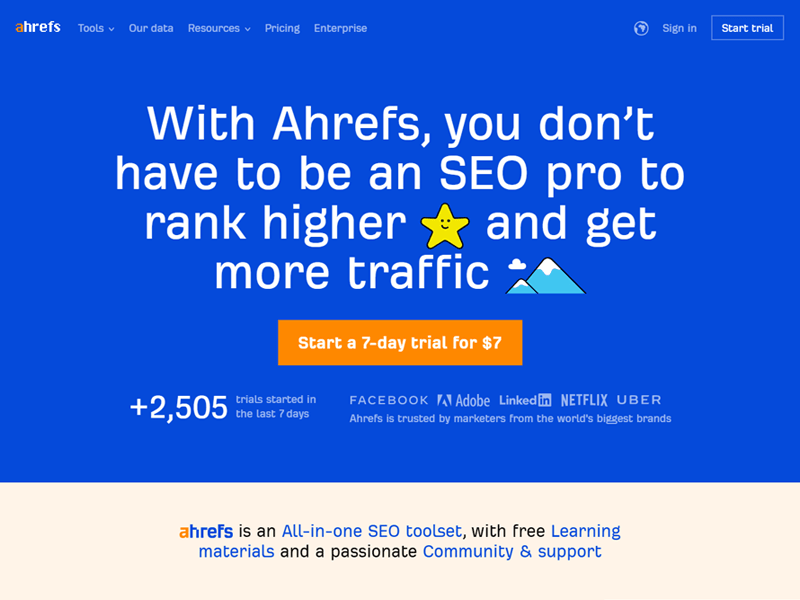


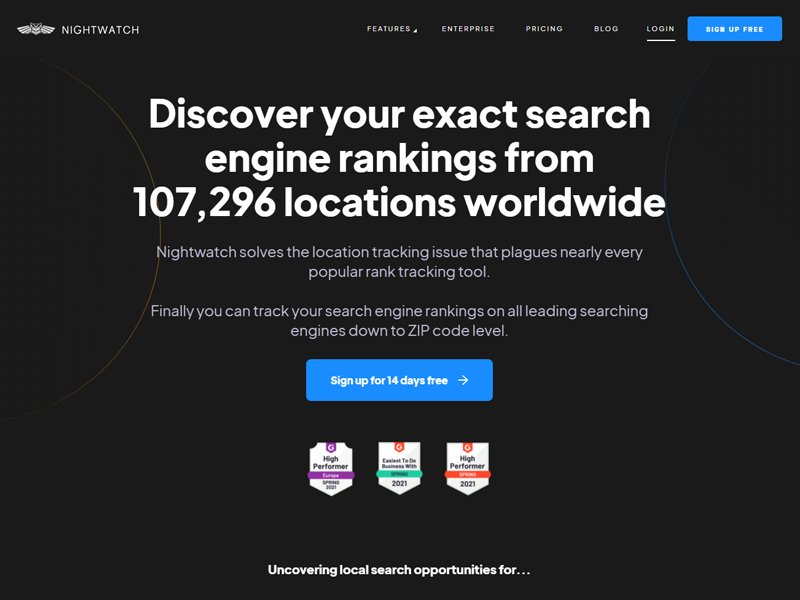

Comments